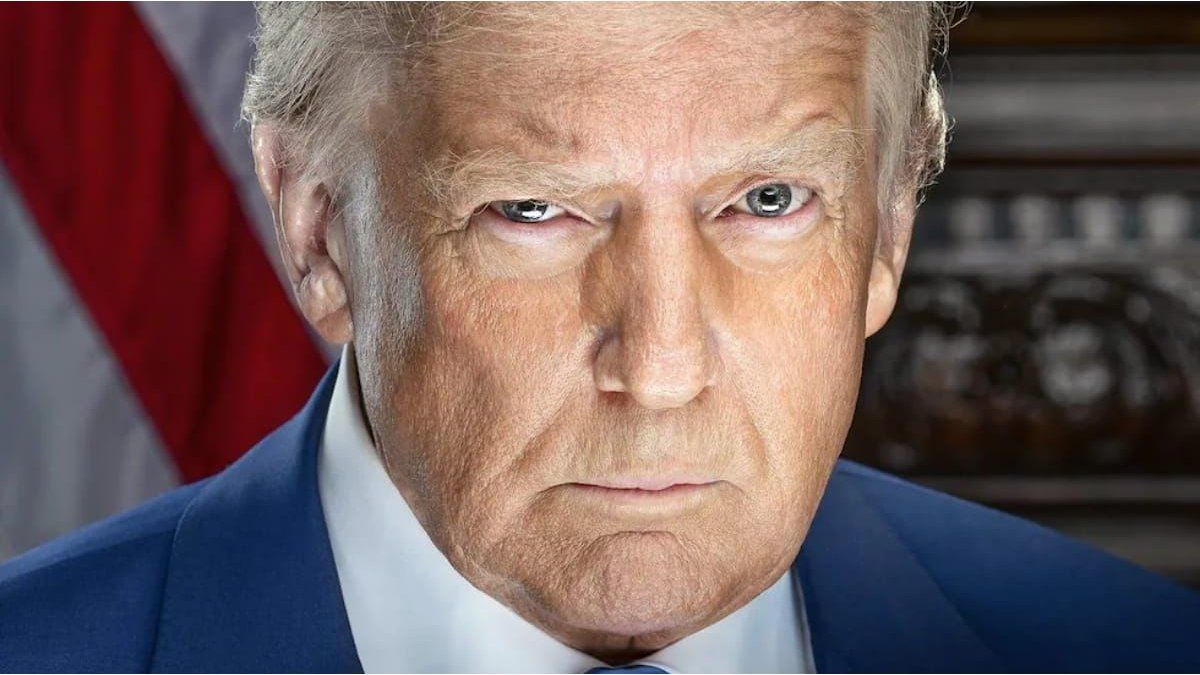The fact that Argentina faces an orderly transition can be a valuable novelty in terms of market functioning: unlike the shocks in asset prices in 2015 (with the future dollar) and in 2019 (with the reprofiling) From the problems of cooperation between the political forces, it is now possible that in 2023 we will see a quite different and more orderly transition.
Regardless of the outcome of the election, there now seems to be a greater consensus regarding the problems, but also about how to address them in the possible economic teams of both coalitions.
Inflation, one of the biggest concerns of voters, must be attacked with all available tools, both orthodox and heterodox.
Without going very far, we recently heard the orthodox gabriel rubinstein, Deputy Minister of Economy, defend price controls as a valuable tool. But more importantly: it is necessary to have the support of the opposition to pass necessary laws in Congress and to have dialogue with sectors that may not be entirely related, as was seen in Minister Massa’s negotiations with the representatives of the countryside.
fronts of concern
Of course, the sources of concern have not changed one iota since Tuesday:
- Maturities in pesos with the private sector are around 500,000 million pesos per month until the elections. And, taking into account the results of the latest tenders, we see that the deadlines are getting shorter. In the last tender, the most demanded term was March 2023.
- The remunerated liabilities of the Central Bank continue to increase hand in hand with the issuance to pay interest on the Leliqs, to buy bonds in the secondary market and for the new stage of the soybean dollar, which can add another 1.5 trillion pesos of new issuance. These unclaimed pesos must be withdrawn by the Central issuing new Leliqs.
- The lower inflow of dollars due to the drought may once again put the level of reserves of the Central Bank at the center of attention.
some mitigations
- The increased seasonal demand for money, which usually increases by around 1% of GDP between December and February, albeit temporarily, should reduce the impact of the increased issuance to only 500,000 million pesos.
- In turn, the Mutual Funds (FCI) industry looks healthier: most funds are already defensively positioned and, in the event of an eventual exit, the impact would be much more limited than in June, when we saw resounding corrections. in the prices of bonds tied to the CER index. Furthermore, this time the coordination between the Ministry and the Central has improved, and the latter is already actively intervening in the bond market.
- Lastly, some signs of fiscal deficit reduction are already beginning to be seen in different areas of government. The adjustment of energy rates helps to reduce the large subsidies, transfers to provinces are reduced and other non-indexed expenses begin to lose weight at the aggregate level.
When the Treasury was issuing debt to finance a structurally entrenched fiscal deficit, the market began to lose confidence and because of this, the cost of financing it increased. In order to reach 2024 smoothly, some cooperation scheme between political forces had become essential.
In simple terms: Presidential candidates agree to honor debt issued during the current administration. In exchange, the current administration agrees to reduce the deficit by some agreed percentage to hand over command in a non-explosive situation. Until Tuesday, such an agreement seemed impossible.
No more. Now we can imagine a transition with a flavor of continuity. Argentine financial assets have a lot to grow in the configuration of a scenario of this type.
Source: Ambito
David William is a talented author who has made a name for himself in the world of writing. He is a professional author who writes on a wide range of topics, from general interest to opinion news. David is currently working as a writer at 24 hours worlds where he brings his unique perspective and in-depth research to his articles, making them both informative and engaging.




